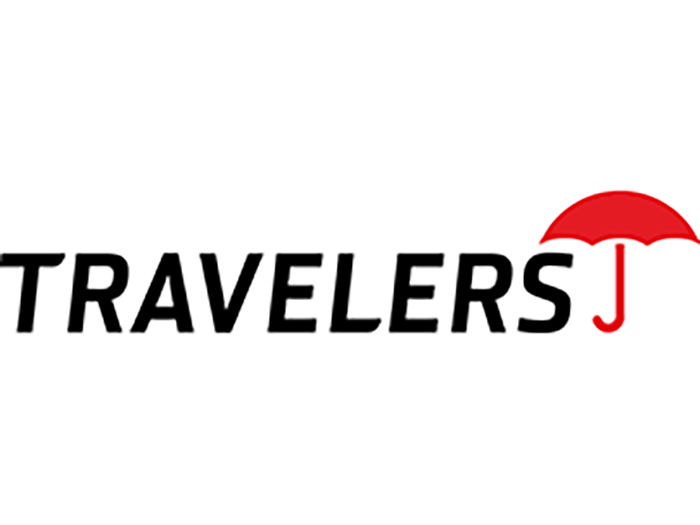Risk Insider: Terri Rhodes
IAM: Keeping an Eye on Internal Programs and Practices
It is critical to periodically review the efficiencies, compliance, and effectiveness of your internal integrated absence management (IAM) program.
Gather your employee handbooks for attendance reporting policies and procedures, paid time off, leave rules and processes, eligibility and workplace accommodations. Don’t forget those policies relating to non-discrimination, complaints and non-retaliation.
Weed out duplications or contradictions. Make sure to include workers’ compensation policies in your review.
Updated documents are then ready for employment attorney review.
Finally, disseminate updated policies to your employees.
Supervisors and managers are your front line for leave management and disability accommodations. It is critical that supervisors are prepared to provide direction to appropriate staff when FMLA and ADA questions arise.
Ongoing and timely communication with employees is key to compliance, along with the ability to document it. This largely falls on supervisors. HR should have a training program and create support mechanisms for supervisors.
Recordkeeping requirements are onerous, but vital. If records are missing, incorrect, or incomplete, you will be expected to err on the side that is “most advantageous” to your employee. It is difficult to respond to formal complaints, lawsuits, etc. without documentation.
Records not in order are an immediate red flag. The lack of data could imply the lack of a consistent approach or that leaves are essentially unmanaged. It may be time to halt the internal audit, establish your program from the beginning or seek external vendor support.
Supervisors and managers are your front line for leave management and disability accommodations. It is critical that supervisors are prepared to provide direction to appropriate staff when FMLA and ADA questions arise.
If you do have appropriate data, analyze it for patterns of consistency, completeness and timeliness.
There are three aspects of leave management administration where you need to ensure accurate and consistent application of regulations and guidance: communications, certifications and tracking.
Communications are the letters and notices provided to employees. It is critical that supervisors issue these communications if they handle leaves and accommodations.
Certification is a clearly defined process that you and your employee need to follow to document the need for a leave. This process must demonstrate timeliness, clarity, and proper documentation by healthcare providers.
Tracking includes ensuring leave times are accurately recorded, and making certain a workweek is clearly and consistently defined.
The final step in your audit should be a simple satisfaction survey. Working directly with an employee to get at the root cause of a complaint before it escalates to a formal complaint or investigation is best. Engage supervisors and your HR team in this effort.
There is always room for improvement. As with all improvement initiatives, clear accountability and timelines enable you to demonstrate progress.
ADA, FLMA, and other laws and regulations have dramatically changed the IAM profession. Compliance failures can introduce a degree of risk that did not exist in the past. Now more than ever, absence professionals need to understand legal compliance and ensure their organizations are doing what they can to benefit from it. &










